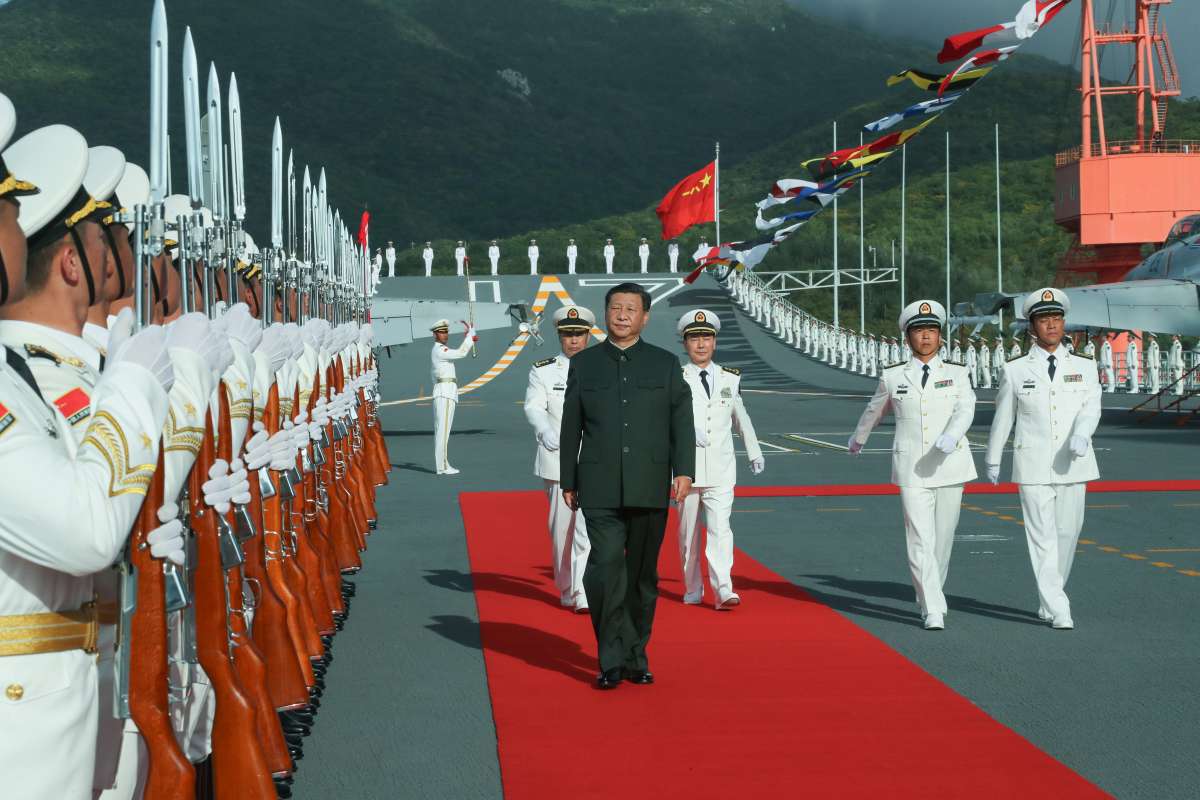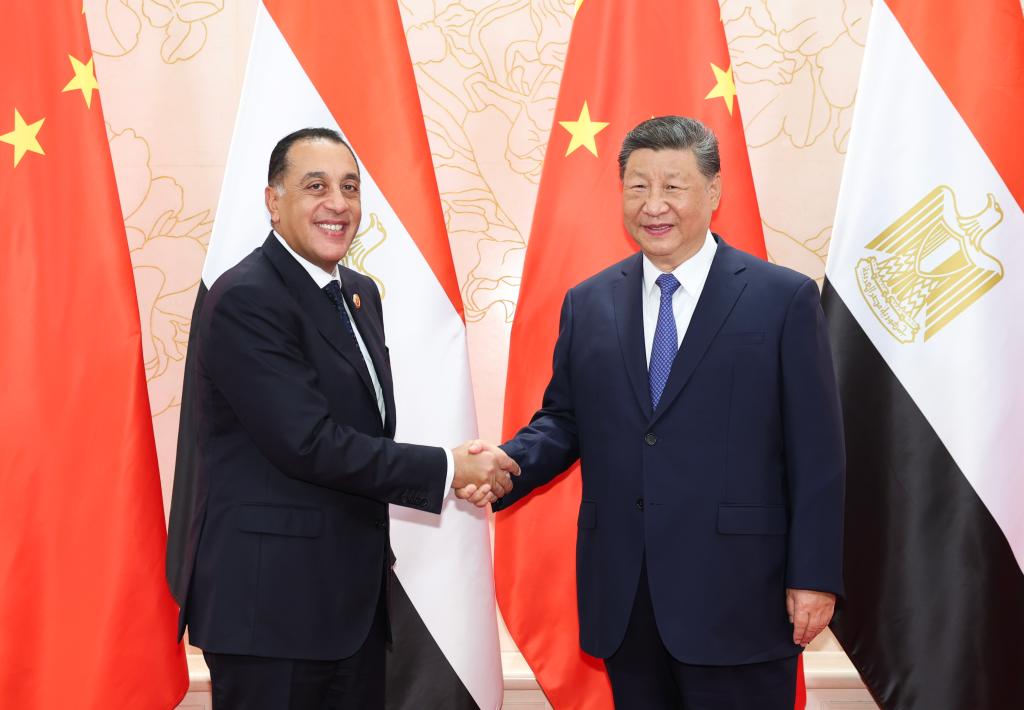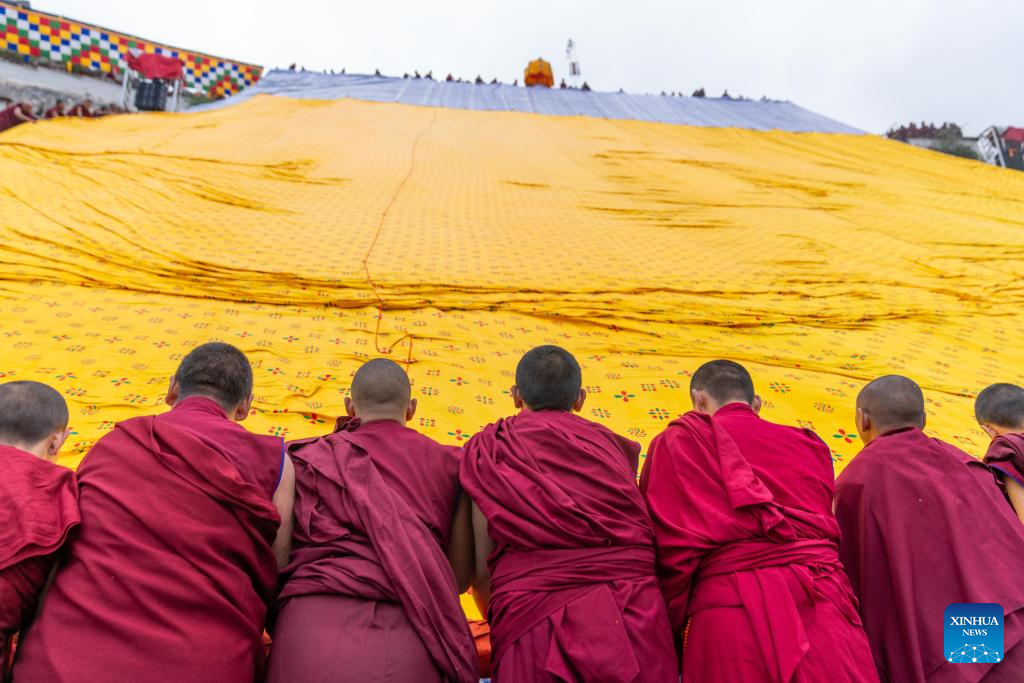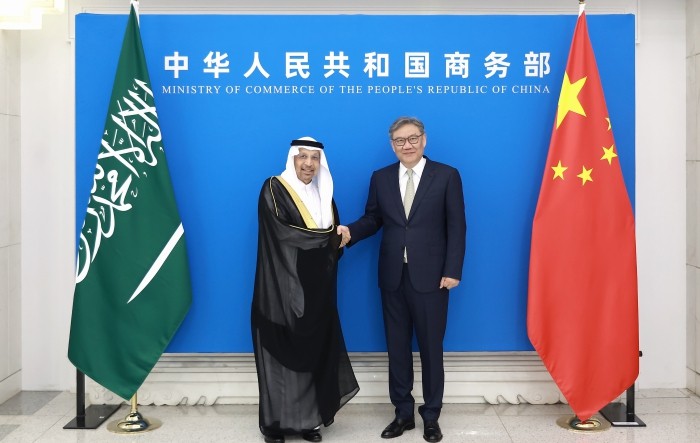China has yet to acknowledge the incident involving the sinking of a submarine, which raises concerns about potential nuclear fuel leakage, writes Lt Col JS Sodhi (retd)…reports Asian Lite News
The Chinese military has been undergoing significant modernisation efforts since the late 1980s, a trend that has accelerated notably since Xi Jinping assumed leadership. This transformation is evident in China’s assertive behaviour in various disputed territories, such as the South China Sea and along its borders with India.
Additionally, China has established itself as a prominent supplier of arms to developing nations in the Global South, ranking among the top exporters of weapons to several countries in Africa and Asia. However, incidents involving failures of Chinese military technology have also surfaced.
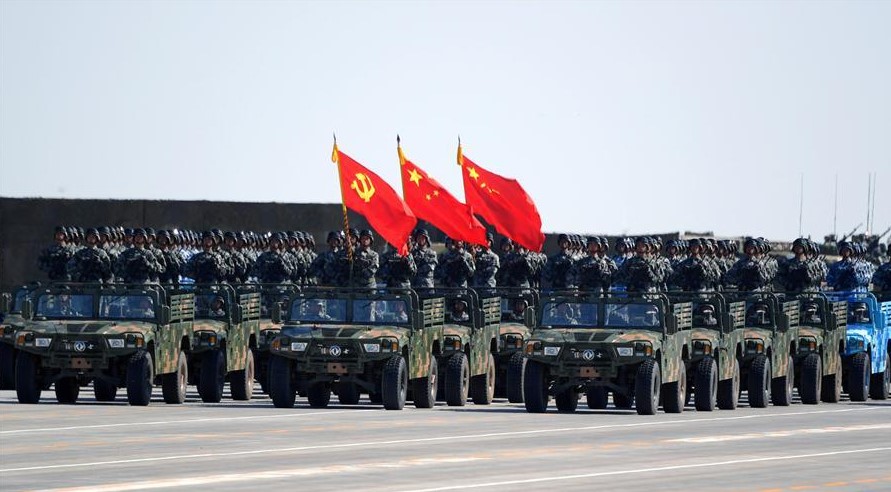
Recently, a report from The Wall Street Journal revealed that a Chinese nuclear submarine sank near Wuhan. According to US officials, this incident occurred between May and June, and there are claims that Chinese authorities are attempting to suppress information regarding the event.
The Zhou-class submarine, one of China’s earliest nuclear-powered vessels, featured a distinctive X-shaped stern designed to enhance its manoeuvrability. Constructed by the state-owned China State Shipbuilding Corporation, it was undergoing final equipment checks on the Yangtze River before its intended deployment.
This incident represents a significant setback for China’s military modernisation ambitions and its aggressive stance towards neighbouring countries. This is not an isolated case; numerous nations have reported serious issues with Chinese weaponry after procurement.
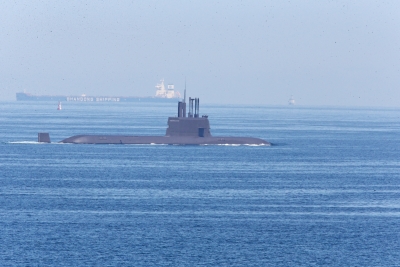
Mediocre Chinese Weapons Worldwide
China has supplied substandard military equipment to one of its closest allies, Pakistan. Currently grappling with inflation and a declining economic situation, Pakistan stands as the largest buyer of Chinese military hardware, with China accounting for 77 per cent of its arms imports.
However, several of the weapons provided by China have exhibited significant deficiencies. The Pakistani Navy acquired multi-role frigates, including the F-22P Zulfiquar class vessels: PNS Shamsheer, PNS Saif, and PNS Aslat, which were commissioned in 2009. These frigates have encountered numerous issues primarily related to their diesel engines, which suffer from high turbocharged exhaust temperatures that limit their speed capabilities.
Additionally, engines three and four have experienced various problems, including faulty cooling systems. Further complications arose with Zulfiquar’s search and track radar and its single-barrel 70 mm cannon, both of which malfunctioned and restricted the ships’ overall operational effectiveness. Another vessel, PNS Saif, was found to have a malfunctioning HP5 stabiliser gyro. For these frigates, China received an impressive payment of $750 million.
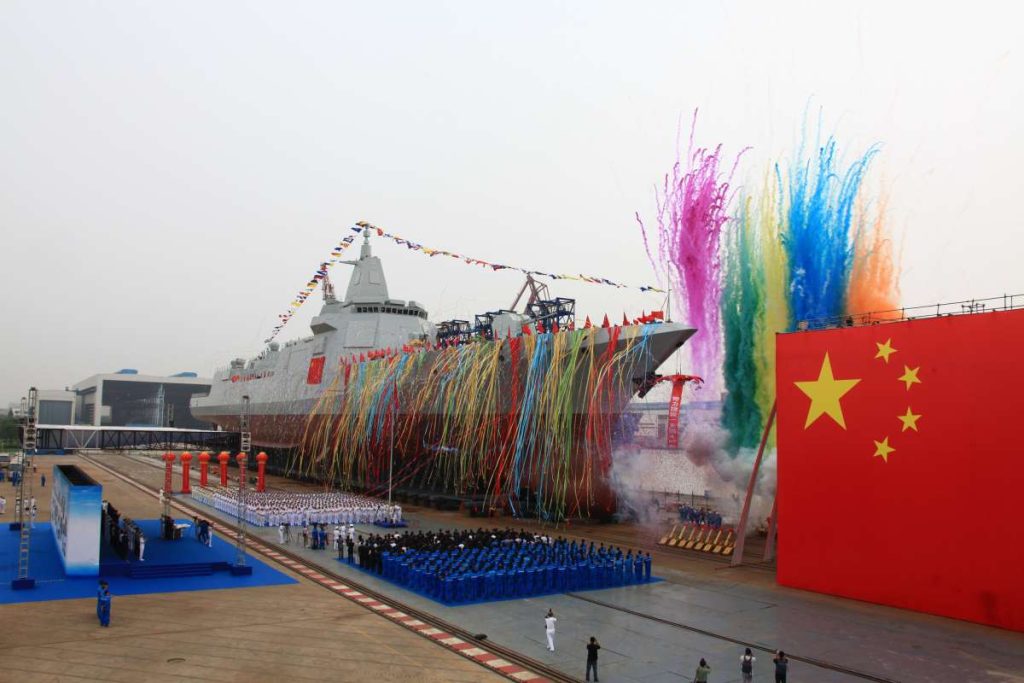
Algeria, an African nation, has encountered three incidents linked to its acquisition of Chinese CH-4B drones. In 2016, a Chinese state-owned firm sold VN-4 armoured personnel carriers to Kenya, resulting in fatalities among Kenyan military personnel.
Nigeria has also raised concerns regarding problems with its F-7 fighter jets, which it purchased from China in 2009. Similarly, the West Asian country of Jordan was compelled to divest all six CH-4B drones just three years after their acquisition due to persistent technical issues.
China is responsible for supplying 74 per cent of Bangladesh’s military equipment, which encompasses ships, aircraft, and artillery. However, Bangladesh has faced difficulties with the KW Jets procured from China; nine of these jets were acquired in 2014, followed by an additional seven in 2020.
A serious incident occurred in July 2018 near Jassore airport involving one of the earlier K8 aircraft batches.
During the introduction of the subsequent batch in 2020, two jets encountered problems during initial firing tests with loaded ammunition. Similar complaints have been reported by other nations purchasing arms from China, including Nepal and Myanmar.
According to the SIPRI World Factbook 2022, China ranks as the fourth largest exporter of military equipment and arms globally. This notable position is not attributed to the quality of the weapons sold but rather to highly competitive pricing and a lack of stringent requirements from purchasing nations.
This approach allows authoritarian regimes to procure arms from China more readily than from democratic countries.
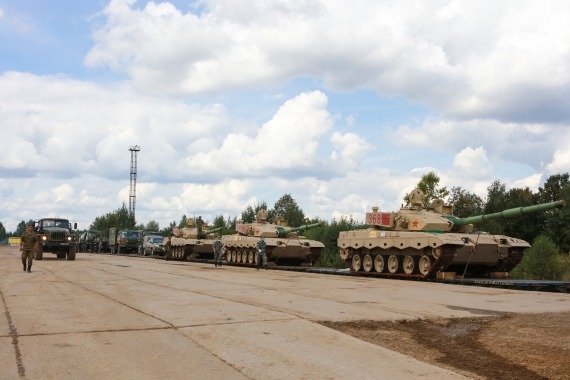
Conclusion
China has long positioned itself as the most influential nation in Asia, second only to the United States in global competition.
However, all major powers bear responsibilities towards their citizens and allies. Military equipment and associated technologies are crucial for the security of any sovereign state, yet China has repeatedly compromised this aspect by supplying substandard weapons to its partners.
Notably, China has yet to acknowledge the incident involving the sinking of a submarine, which raises concerns about potential nuclear fuel leakage. This event not only undermines China’s military readiness and adds another flawed piece of military equipment to its inventory but also poses a significant health risk if radioactive materials begin to affect the residents of Wuhan.
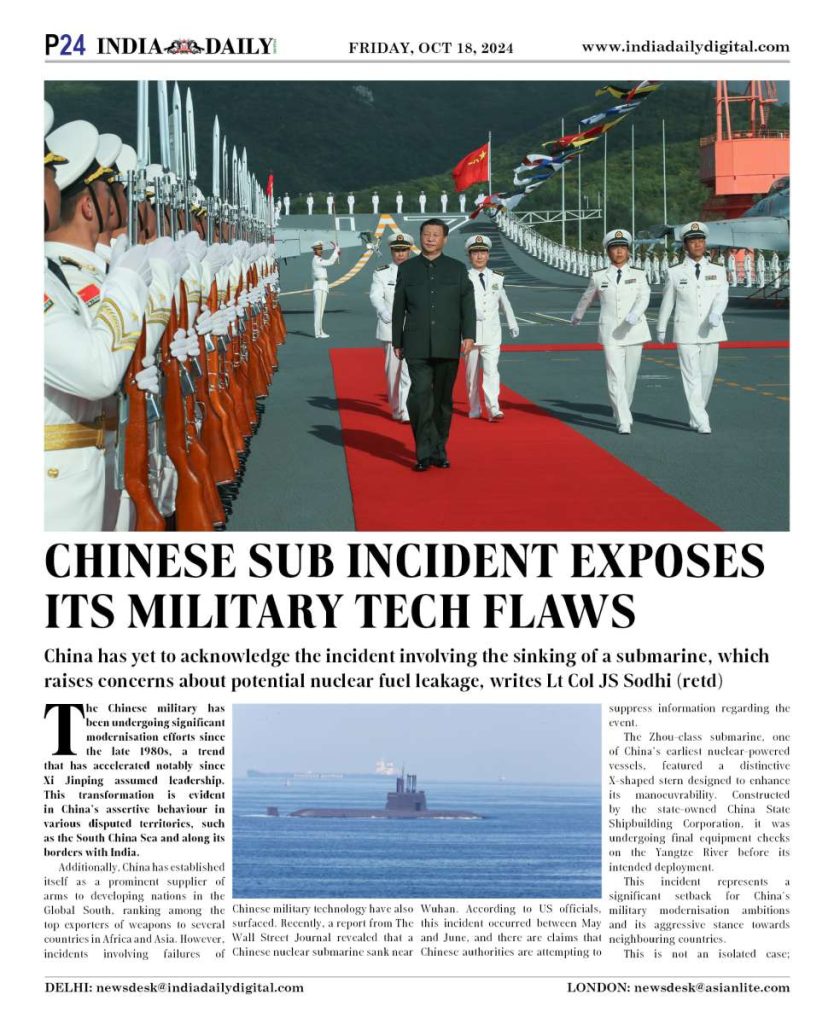
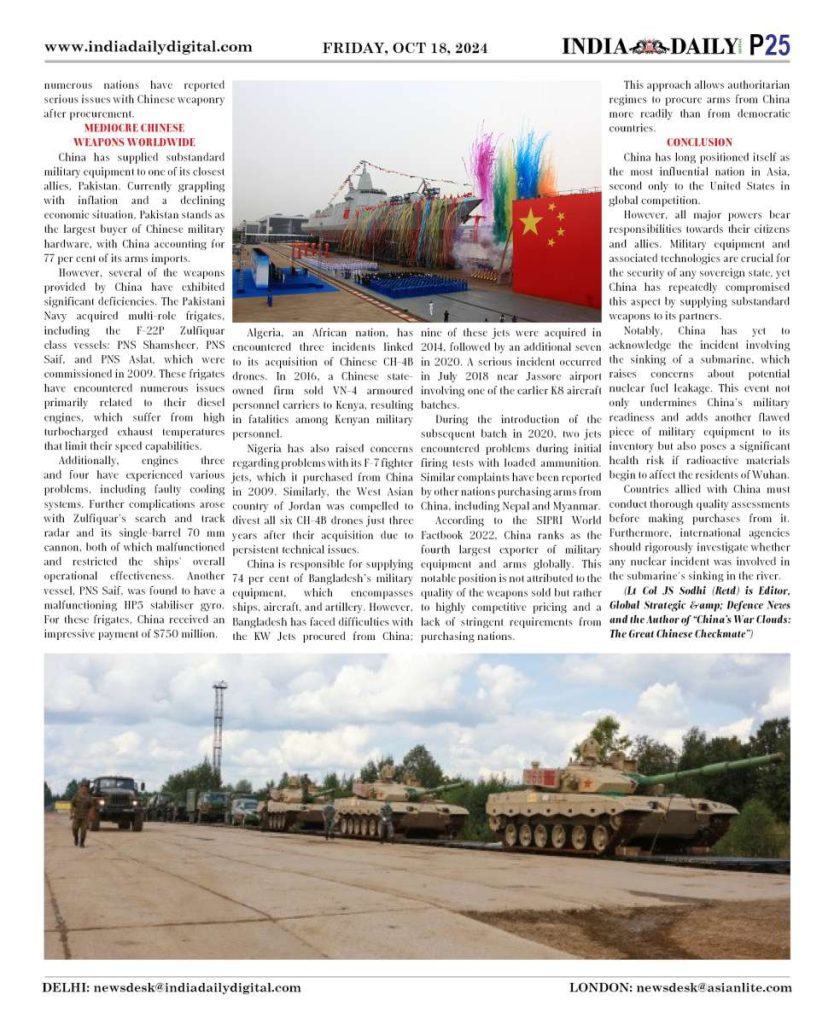
Countries allied with China must conduct thorough quality assessments before making purchases from it. Furthermore, international agencies should rigorously investigate whether any nuclear incident was involved in the submarine’s sinking in the river.
(Lt Col JS Sodhi (Retd) is Editor, Global Strategic & Defence News and the Author of “China’s War Clouds: The Great Chinese Checkmate”)
ALSO READ: China ranked lowest in global internet freedom
ALSO READ: China tells India to tread lightly on Taiwan

